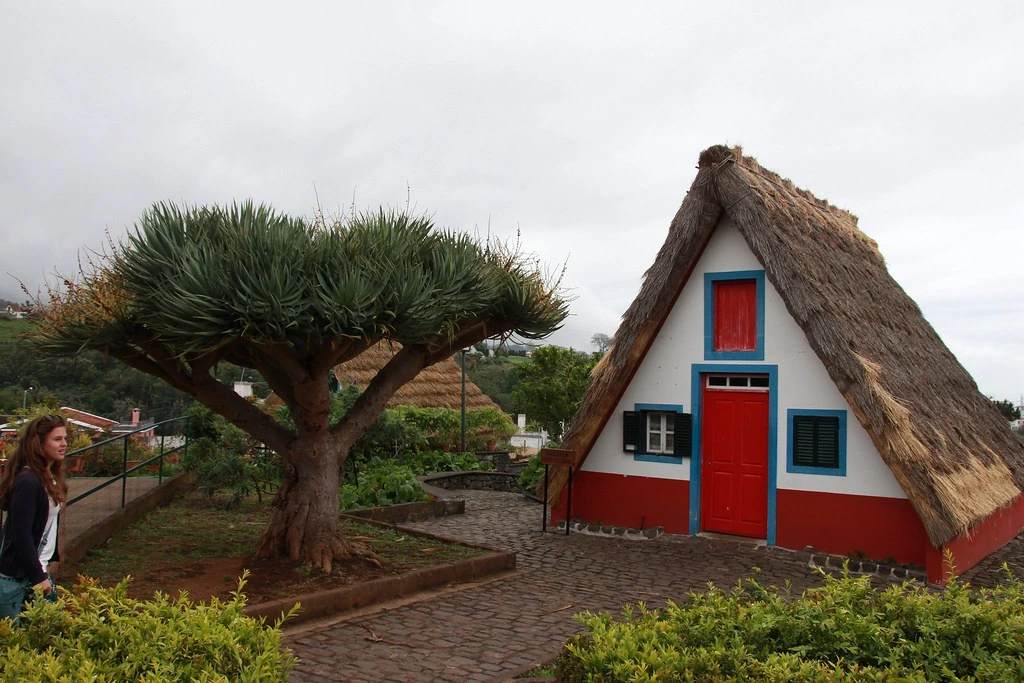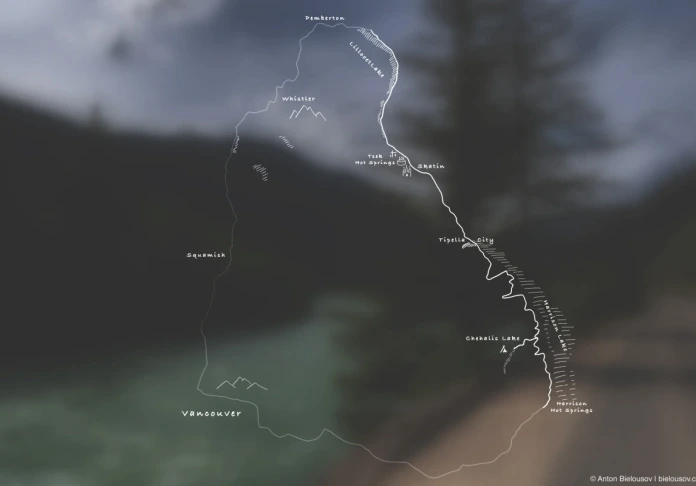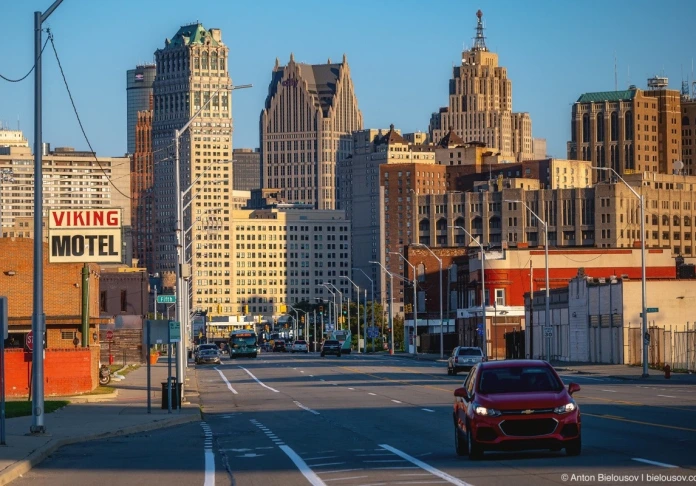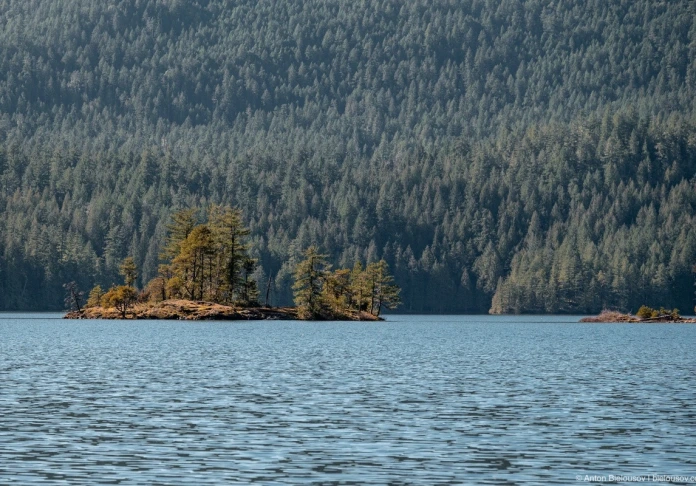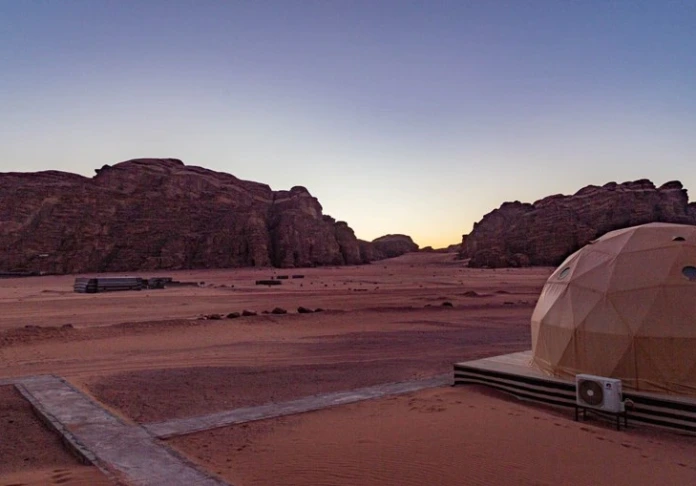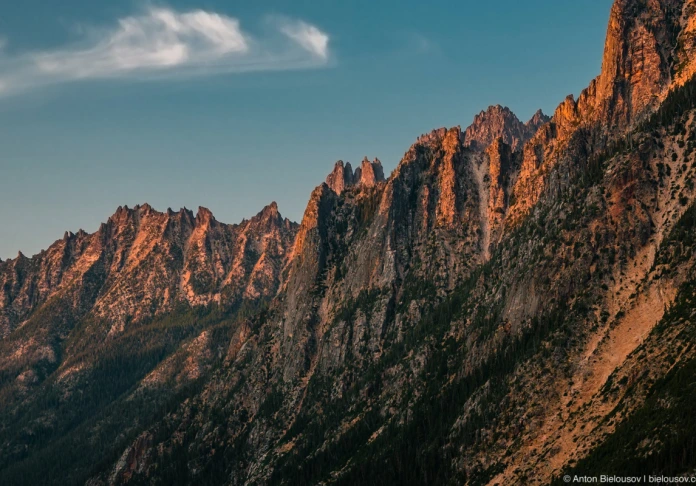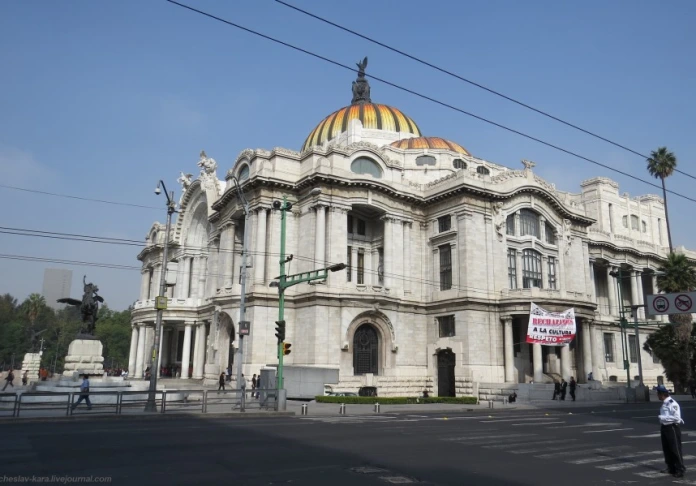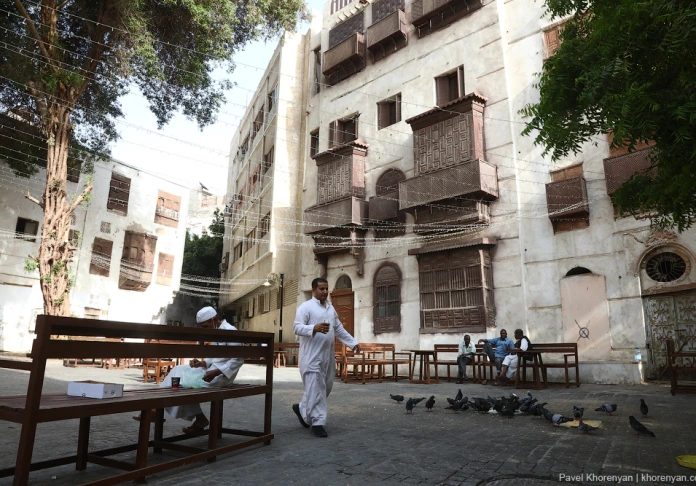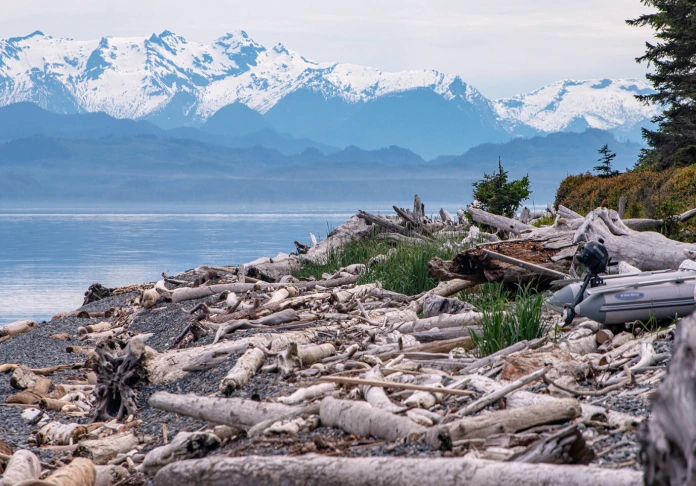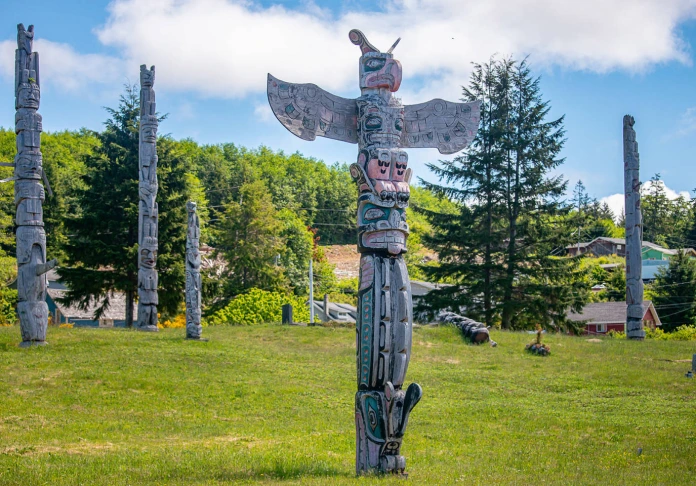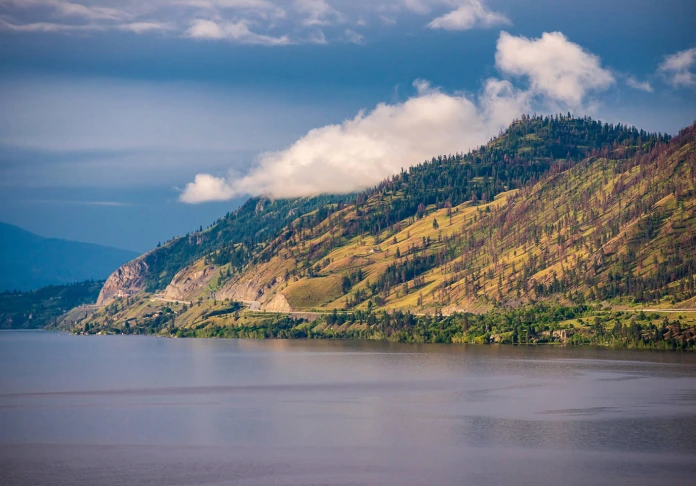Portugal
Madeira: Local Mafia, Dragon Trees, and More
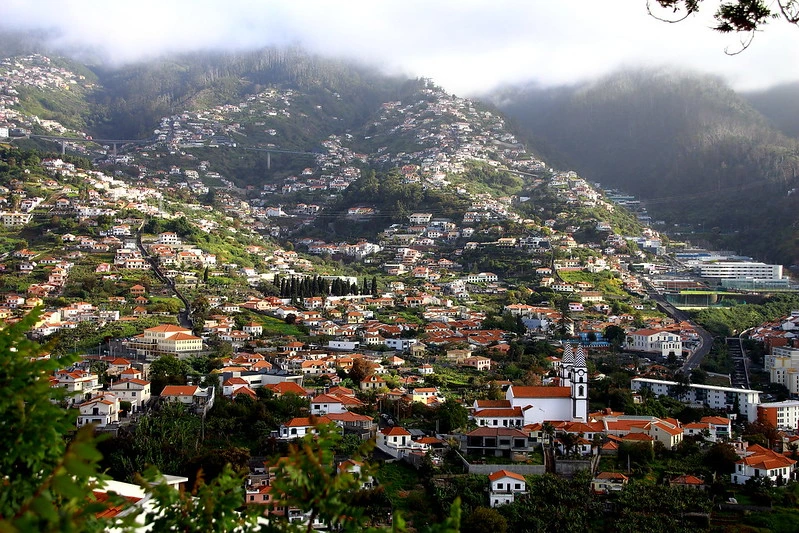
You must go to Madeira for a minimum of a week. And it is best to rent a taxi (there are six-seven-seater cars) by the company. It will be cheaper than even taking a tour bus around the island, and if the driver is still super, like ours, then he will show you the best places, including where it is best to eat and drink. Why a taxi and not a rented car? Because
Madeira is famous for its Madeira (I hope I explain it clearly) and another drink from the local rum called poncha. And all this must definitely be tried!
In the Valley of the Nuns. The nuns moved away from the coast, from the pirates. They brought us there to buy liquors (they gave us a try). Try to politely palm off more souvenirs and alcohol. It was cold there. Sweatshirts by the way, they sell.
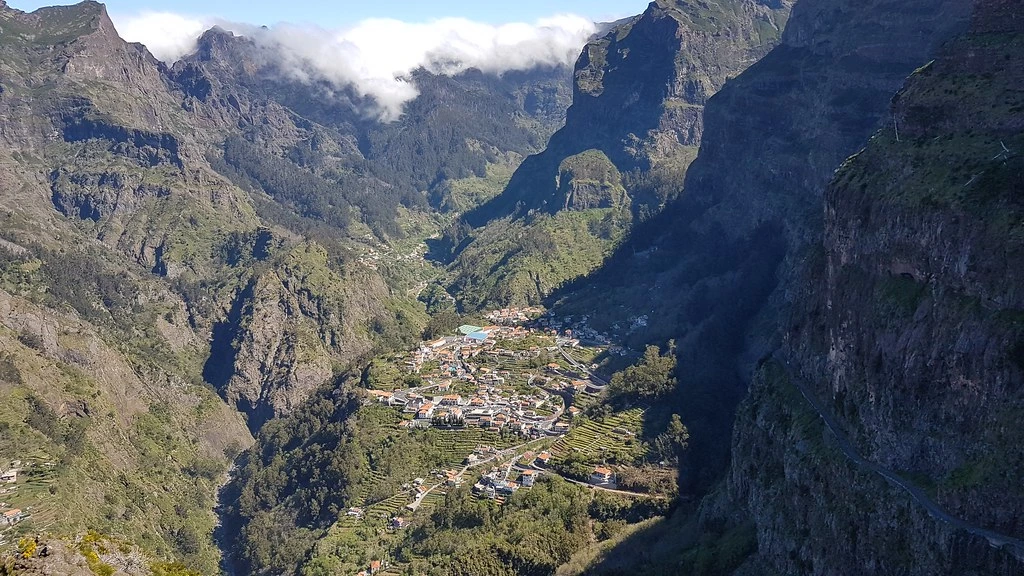
Madeira would have been a week, from Sunday to Sunday, in mid-May.
We managed to make two circular routes - one day along the eastern part, the other along the western. Two days were allocated to two botanical gardens, respectively.
One day - for the most beautiful levada. Monday - it was just moving from one hotel to another, walking along the coast.
We hired a taxi, with a capacity of 6-8 people. There were four of us, so that the costs could have been reduced theoretically. I think that the most budget option is to rent a car, but because no one wanted to drive, (buses are even cheaper, but this is for more advanced travelers, we wanted maximum comfort). There are all kinds of tours on buses, but there is little to see at a relatively higher price than our taxi driver. If a day tour cost us 150 euros for four, I think that it’s inexpensive, but for six it’s even cheaper. We traveled almost half of the island in one tour and half in the other. The driver also told us a lot of interesting things, he stopped in the most beautiful places, suggested good restaurants and a bar, where they pour the best ponch on the island). Indeed, it was delicious, I wanted more, but at 9 in the morning we somehow did not ask for supplements). In addition, he invited us to his house in the evening, because I said that I want to see how the locals live). We ate together with local local barbecue Espanade from the meat of Azores cows, and not import, at their local party.) We also tasted local Lapash molluscs, which, of course, are much better than a restaurant and cooked with butter and garlic, and even they stir when they are fried - horror. The most difficult thing is to pour it everywhere, and even in the morning, it was the case) And at the tasting they offer a lot of different liquors, wine, at the rum factory, respectively, tasting rum from sugar cane, which is produced in an almost artisanal way - on equipment that rotates , whistles, thunders so that it seems that now this factory will fly into the air. Near the raging Atlantic Ocean. The impressions are amazing. how the locals live). We ate together with local local barbecue Espanade from the meat of Azores cows, and not import, at their local party.) We also tasted local Lapash molluscs, which, of course, are much better than a restaurant and cooked with butter and garlic, and even they stir when they are fried - horror. The most difficult thing is to pour it everywhere, and even in the morning, it was the case) And at the tasting they offer a lot of different liquors, wine, at the rum factory, respectively, tasting rum from sugar cane, which is produced in an almost artisanal way - on equipment that rotates , whistles, thunders so that it seems that now this factory will fly into the air. Near the raging Atlantic Ocean. The impressions are amazing. how the locals live). We ate together with local local barbecue Espanade from the meat of Azores cows, and not import, at their local party.) We also tasted local Lapash molluscs, which, of course, are much better than a restaurant and cooked with butter and garlic, and even they stir when they are fried - horror. The most difficult thing is to pour it everywhere, and even in the morning, it was the case) And at the tasting they offer a lot of different liquors, wine, at the rum factory, respectively, tasting rum from sugar cane, which is produced in an almost artisanal way - on equipment that rotates , whistles, thunders so that it seems that now this factory will fly into the air. Near the raging Atlantic Ocean. The impressions are amazing. at their local party.) We also tasted local Lapach molluscs, which, of course, are much better than a restaurant and cooked with butter and garlic, and they stir when they are fried - horror. The most difficult thing is to pour it everywhere, and even in the morning, it was the case) And at the tasting they offer a lot of different liquors, wine, at the rum factory, respectively, tasting rum from sugar cane, which is produced in an almost artisanal way - on equipment that rotates , whistles, thunders so that it seems that now this factory will fly into the air. Near the raging Atlantic Ocean. The impressions are amazing. at their local party.) We also tasted local Lapach molluscs, which, of course, are much better than a restaurant and cooked with butter and garlic, and they stir when they are fried - horror. The most difficult thing is to pour it everywhere, and even in the morning, it was the case) And at the tasting they offer a lot of different liquors, wine, at the rum factory, respectively, tasting rum from sugar cane, which is produced in an almost artisanal way - on equipment that rotates , whistles, thunders so that it seems that now this factory will fly into the air. Near the raging Atlantic Ocean. The impressions are amazing. it was) And at the tasting they offer a lot of different liquors, wine, at the rum factory, respectively, tasting rum from sugarcane, which is produced in an almost artisanal way - on equipment that rotates, whistles, rattles so that it seems that now this the factory will fly into the air. Near the raging Atlantic Ocean. The impressions are amazing. it was) And at the tasting they offer a lot of different liquors, wine, at the rum factory, respectively, tasting rum from sugarcane, which is produced in an almost artisanal way - on equipment that rotates, whistles, rattles so that it seems that now the factory will fly into the air. Near the raging Atlantic Ocean. The impressions are amazing.
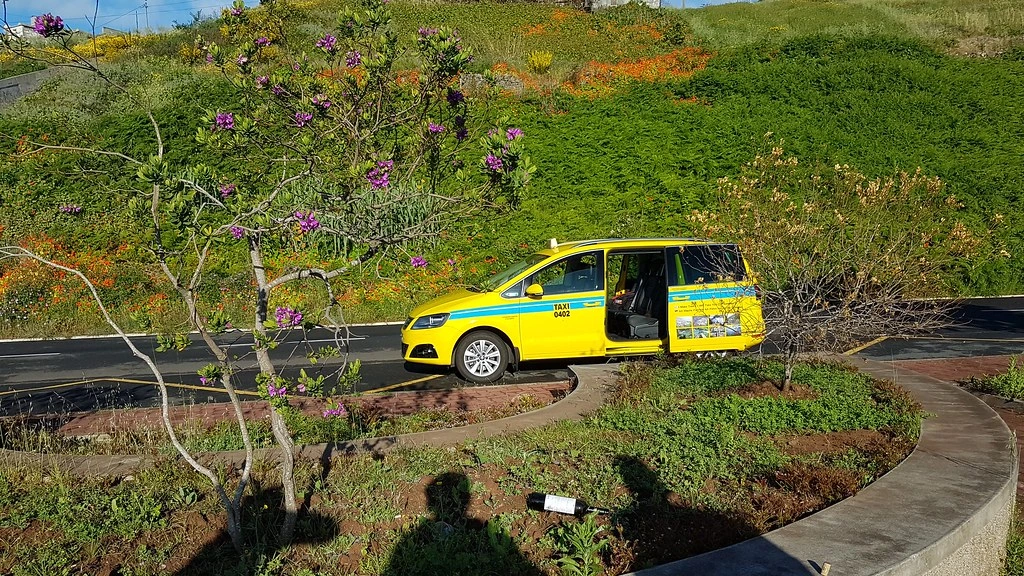
We were at another factory, but they already made a museum there, saw the largest honey cake (a local dish), bought a bottle of rum with two drops of rum inside and this very pie as a souvenir.
It turns out that Madeira grows eucalyptus trees and many tree-like ferns imported from Australia. Liquor is also made from eucalyptus, it resembles a mouthwash. What I liked most was the banana, but the one that was in a glass bottle (I still saw one in the store), and not in a plastic one, like in souvenir shops. Many trees burned down in the fire of 2016, which was made by the inhabitants of Madeira because the authorities arranged an execution of the local livestock of sheep (they did not like it, you see, if the inhabitants eat their meat, but not buy it in the store). Local bananas are delicious. The oranges from the store turned out to be sweet and juicy. You can just have breakfast with these fruits. Coffee, too (from a coffee machine) is delicious, moderately strong, I drank with milk, called Chinesa.
The first hotel (rather, the inn), which we drove into, was practically in the mountains, the views from the window were magnificent (if only they had washed the windows), but it was quite cold. There is no food at all, there is no choice but to eat at the hotel, so we moved closer to Funchal, to the 4-star apart-hotel, on the southeast coast. And there was sun and warmth, and everyone wears shorts and dresses! How happy we were that we moved, and we thought that we would have to spend the whole winter in Pousada de Vignatica (the name of the inn)! Yes, and they had poncha so-so.) On the contrary, across the road, there is a shopping center with a supermarket, in the hotel there is a kitchen in the apartments, if you get tired of the hotel, you could cook, the windows overlooked the ocean and fell asleep and slept very well under the sound of the sea. Breakfast could be paid, and you can do your own.
Seashore near the hotel.
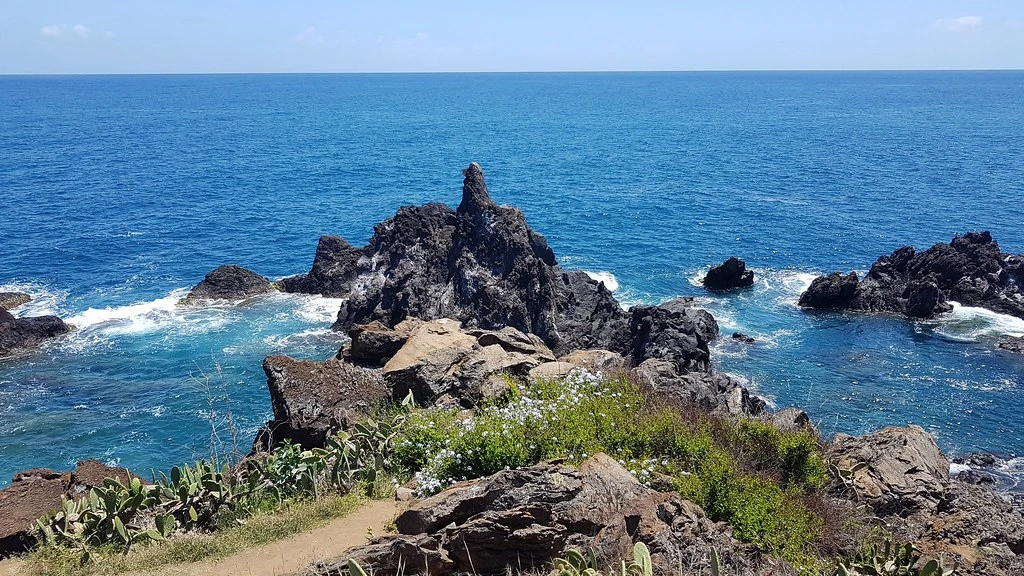
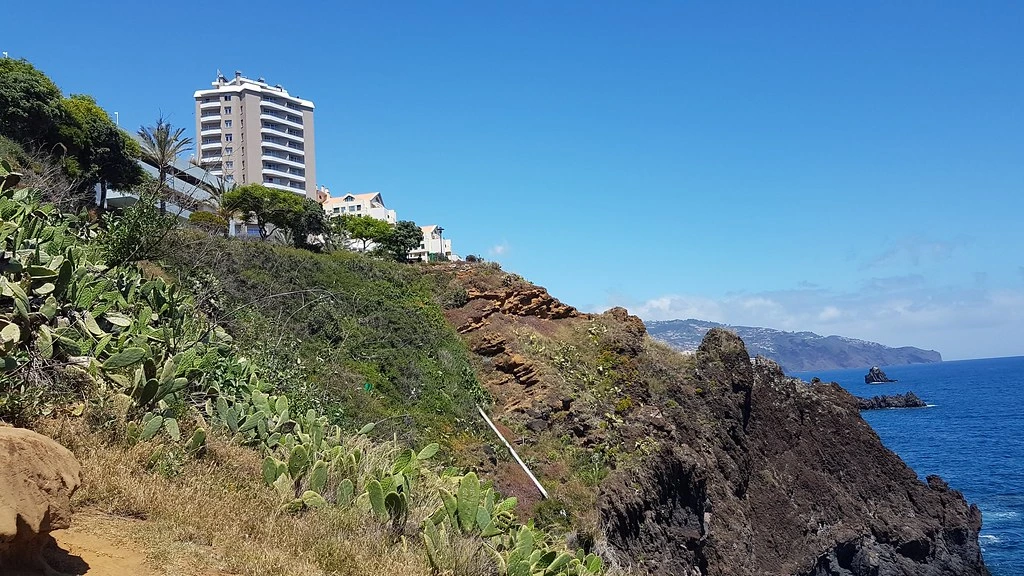
They went to Monte Park by bus, the driver drove along the serpentine road as Schumacher (the park is located on a mountain), collecting tourists along the road. So many people gathered that later there was nowhere to sit down, poor local residents. The bus ride cost 1.95 Euros and the driver grumbled that he had no change with a big bill. Choking on the local exotic, we decided to order a taxi the next day, because went to another botanical garden, it cost 17.5 euros from our hotel.
Monte Park:
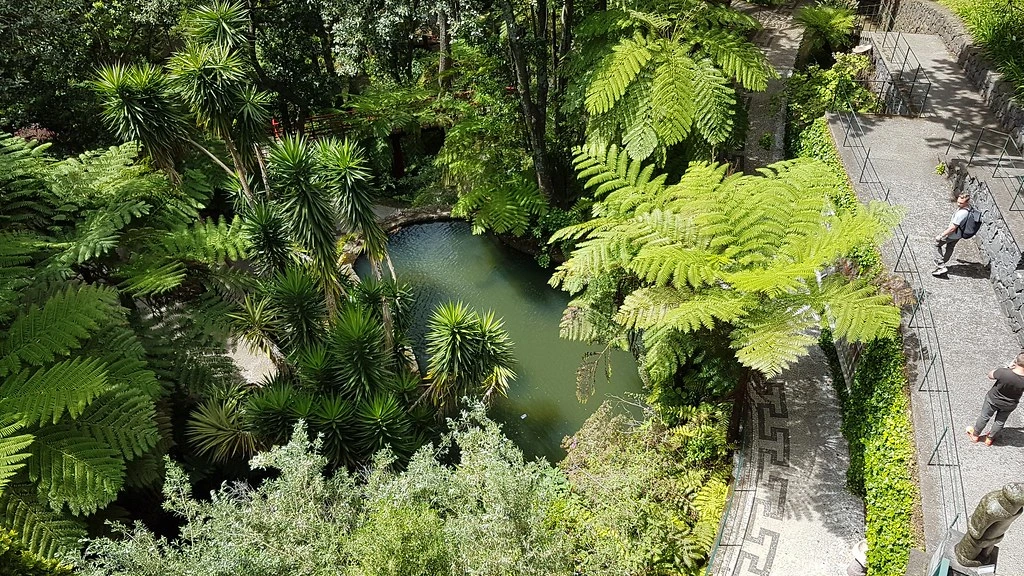
From Monte you can take the cable car to the Jardem Botanico Botanical Garden, but two botanical gardens a day is too much. In addition, we went down from Monte on a toboggan, such wicker sleigh, where you sit and two young stallions in white suits are pushing you down the road. Then there is a choice - drag along on foot to the very center of Funchal or take a taxi for 30 Euros. That's the kind of dachshund they’ve installed, and you won’t bargain with them. As soon as you say that it’s expensive, big eyes are immediately made, indignant, in general, you can’t argue, the mafia is the mafia. Ordinary taxi drivers, as I understand it, are not allowed there. Jardem Botanico descended from the Botanical Garden on a cable car, all the pleasure together was 17.5 Euros, first you need to climb the cable car from to Monte Park, and then go down to the sea itself, to Funchal. There are two different tickets. We bought wool pullovers from Monte - they warm perfectly, 50% wool, 50 acrylic, very soft and comfortable, very useful in levades and generally for warmth, because I couldn’t keep warm in the cold parts of the island with my woolen pullover, which I took with me, where we later went by car. And they cost 30 Euros, like that taxi ride.
Toboggan ride down polished asphalt:
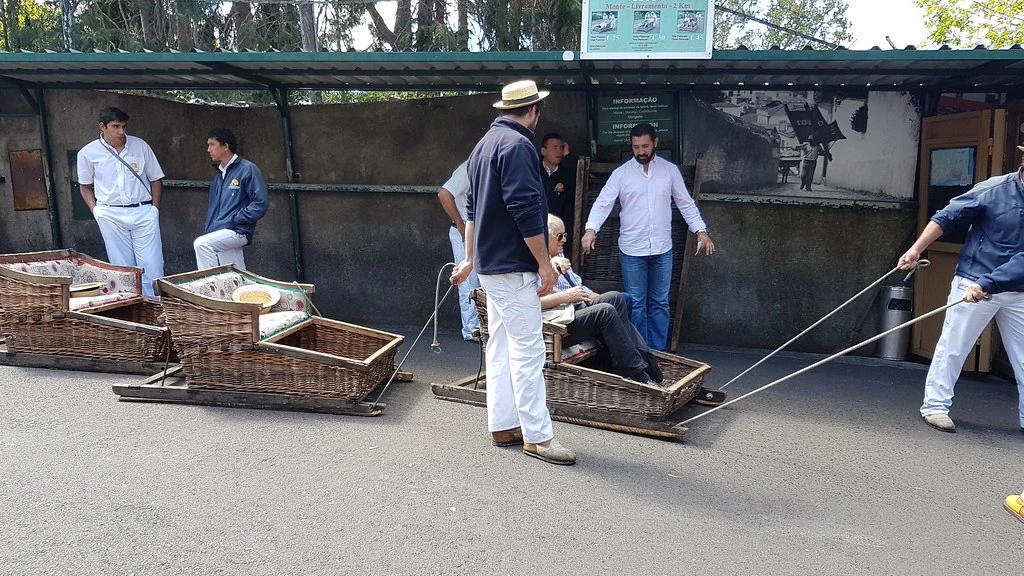
View from the botanical garden
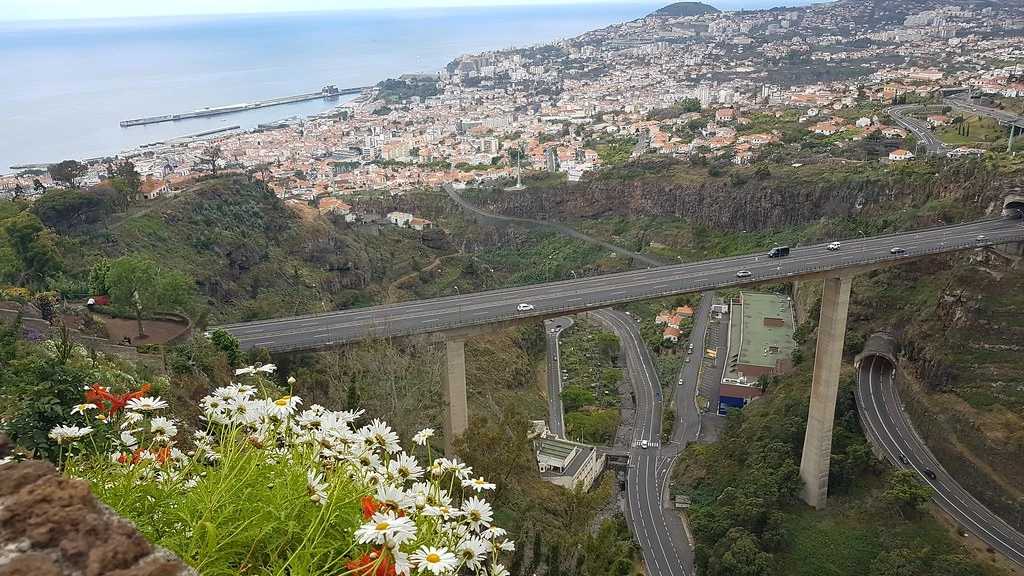
Be sure to walk along the levada - these are water canals, arteries, where water collects in the mountainous part of the island (water condenses on the trees and then flows into levada), along which tourist routes are laid.
The same driver drove us to Levada, then took us. In total, we traveled 11 km - it is there and back. Along the way, some people got bumps in the tunnel (you need a flashlight or a cell phone to light up and look carefully up and down so as not to hit). Only trekking boots are suitable for Levada, I saw people in different shoes, but this is only knocking down legs, in my opinion. In addition, there is dirt everywhere - it is better to take replaceable shoes (if you go by car or bus) and plastic bags to put dirty shoes there.
At the end of Levada there was a waterfall and a terribly hungry cat. It is not clear where it came from there, there is no human habitation around. I get the impression that I came there and kept tourists on purpose, because everyone has a snack there before going back. The cat frantically threw herself at the tourist and tried to hook her egg with her paw, without waiting until she cleaned it. With toilets there is stressful, i.e. there’s nowhere to hide, since on one side a rock, on the other a cliff and people go in a continuous stream.
Only at the very beginning of the way is there a toilet and a flashlight was needed there for illumination. By the way, there are a lot of tourists on this levada, so we left early - at half-past eight we already started, but there was already a bus there (ahead of us). We understood immediately that it’s better to go without people - firstly, the neighbor had a continuous verbal flow nearby, her mouth did not close for a second. Secondly, the paths are so narrow that it is quite difficult for two people to disperse, someone has to stand in a niche and wait for the oncoming ones to pass. It is difficult to say which Levades are less “populated”, which are more, because there are more than a hundred of them and it is impossible to read about all.
Levada
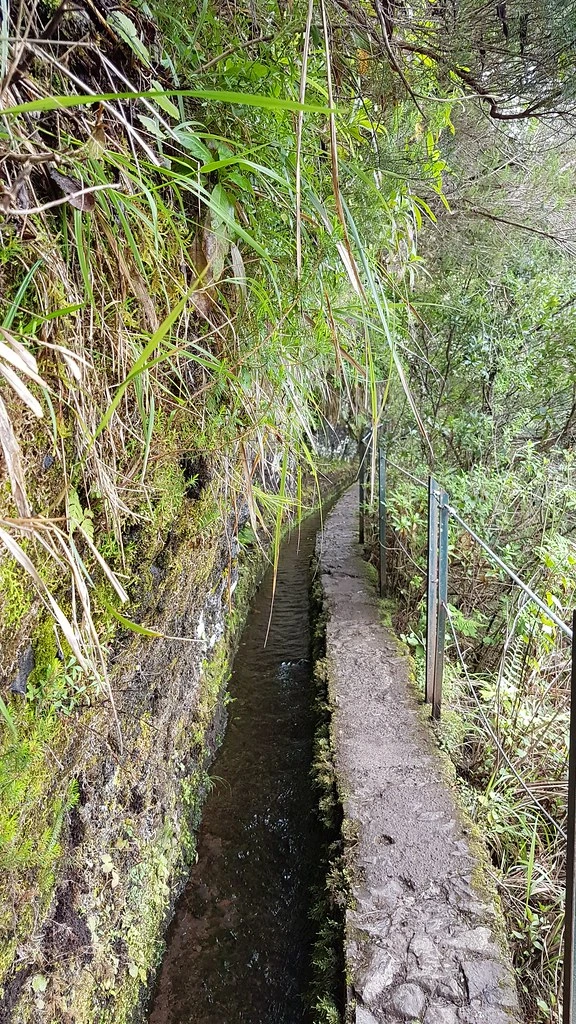
Waterfall at the end of Levada
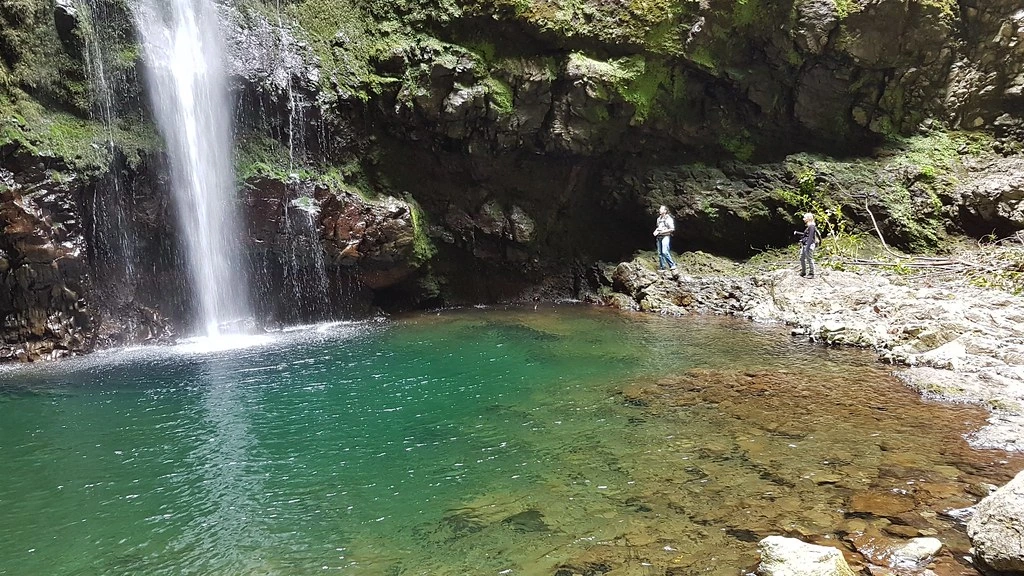
I decided to try the local Espada, or Eshpad - swordfish with a banana, but I just liked the potato more. At the Orka restaurant in Porto Monish, they cooked it well.
Eating a delicious trout from a farm in a restaurant. Trout, although from the farm, but very tasty. The restaurant is located in the grotto. The driver also showed. In restaurants they poured everywhere, for an aperitif - Madeira, after eating - we poured liquors of our choice, most of all I liked banana. It didn’t count. Maybe it was, but there was no separate check.
Everywhere there is practically such a coast, there are almost no beaches.
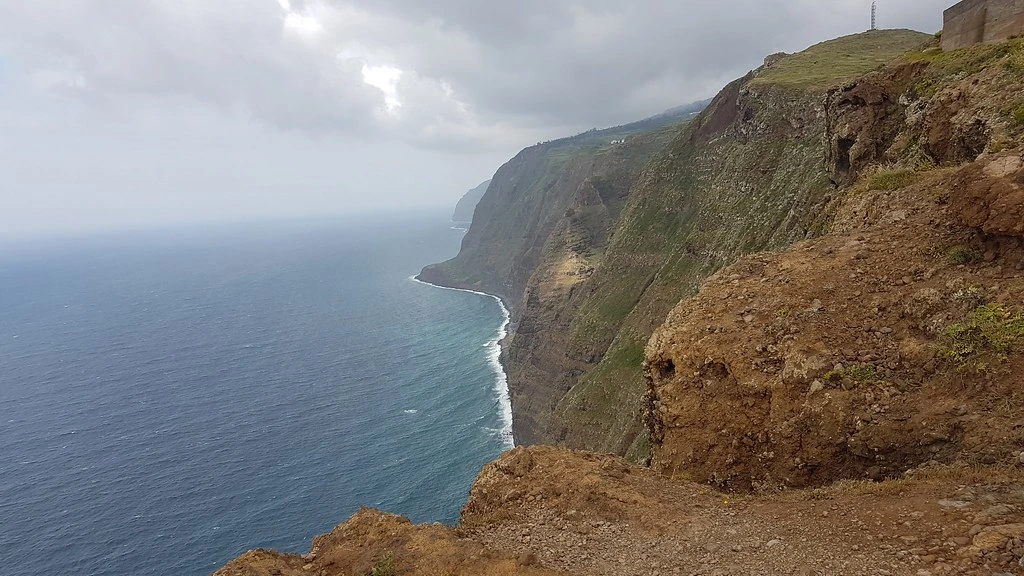
Azores beef skewers on laurel skewers
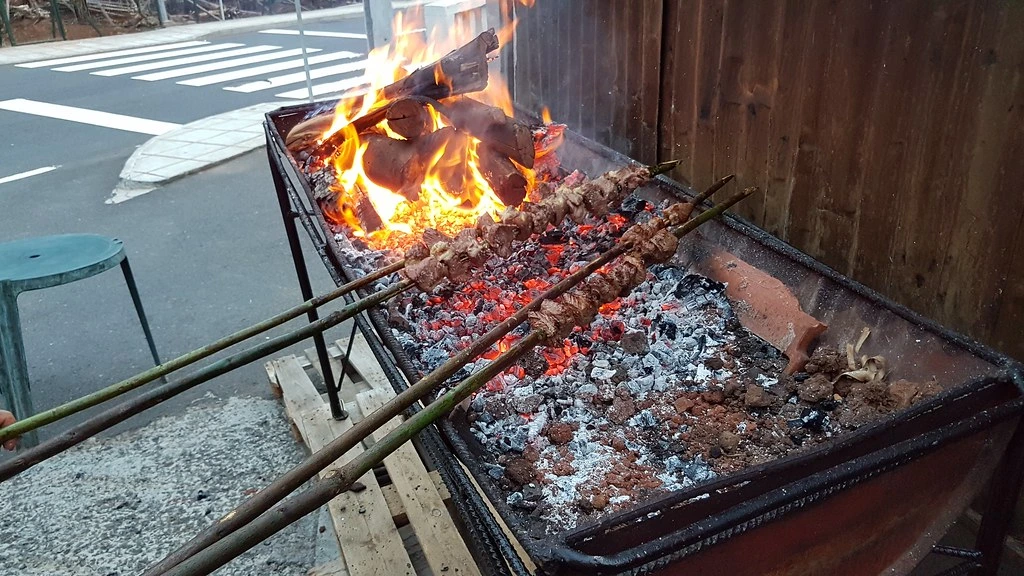
Atlantic ocean impressive
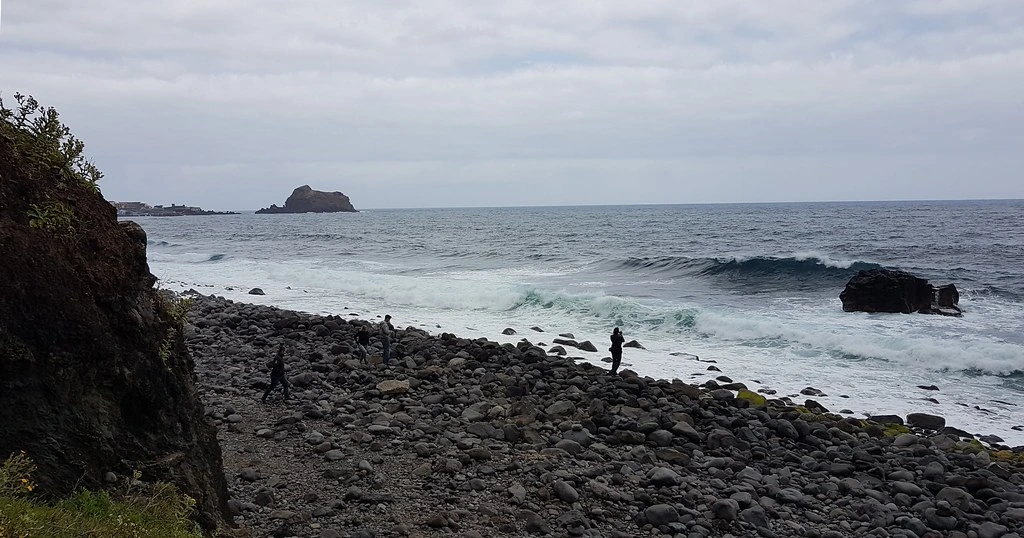
The village, where either get on the cable car, or from the sea. The attraction costs 3 euros.
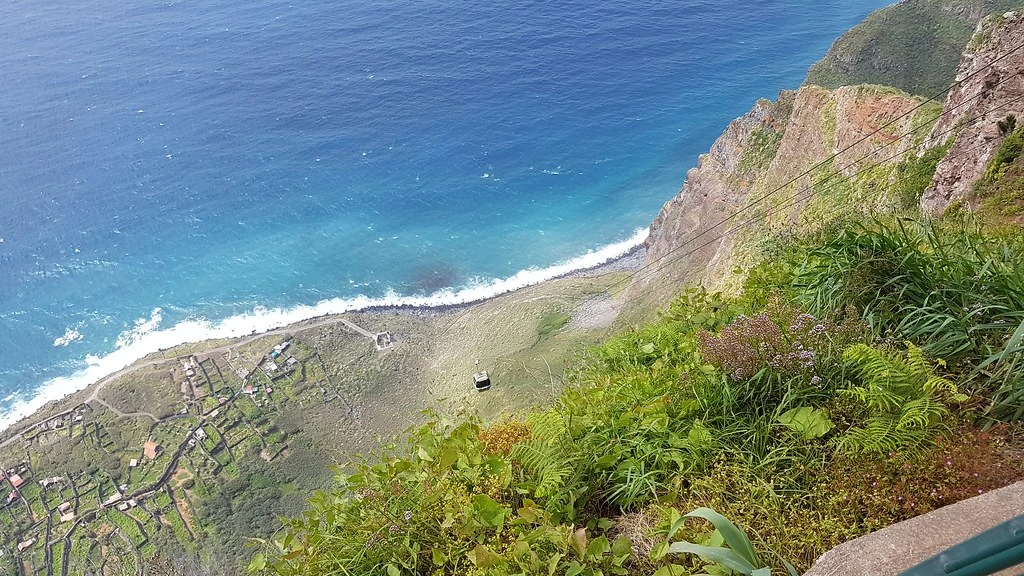
In May there were many flowers, but in Switzerland there are no fewer, and in April, however, more exotic species bloom. Hibiscus
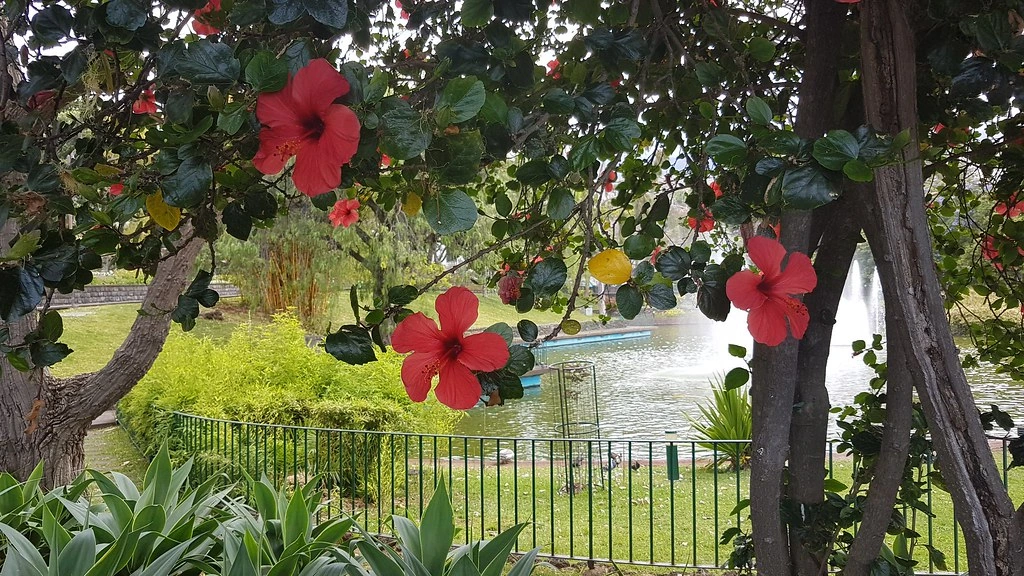
Amaryllis that bloom in our winter:
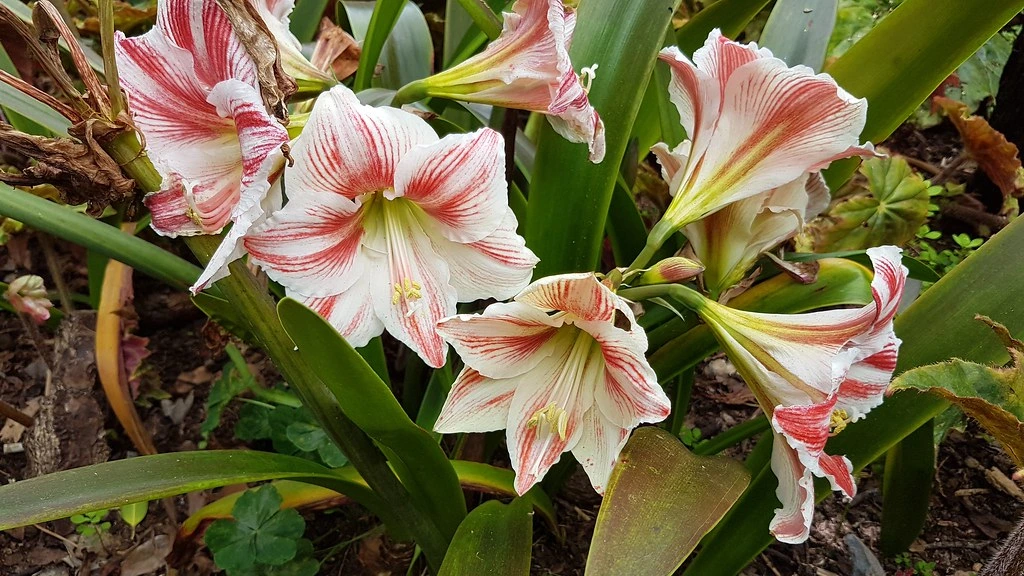
Popular plant for autographs:
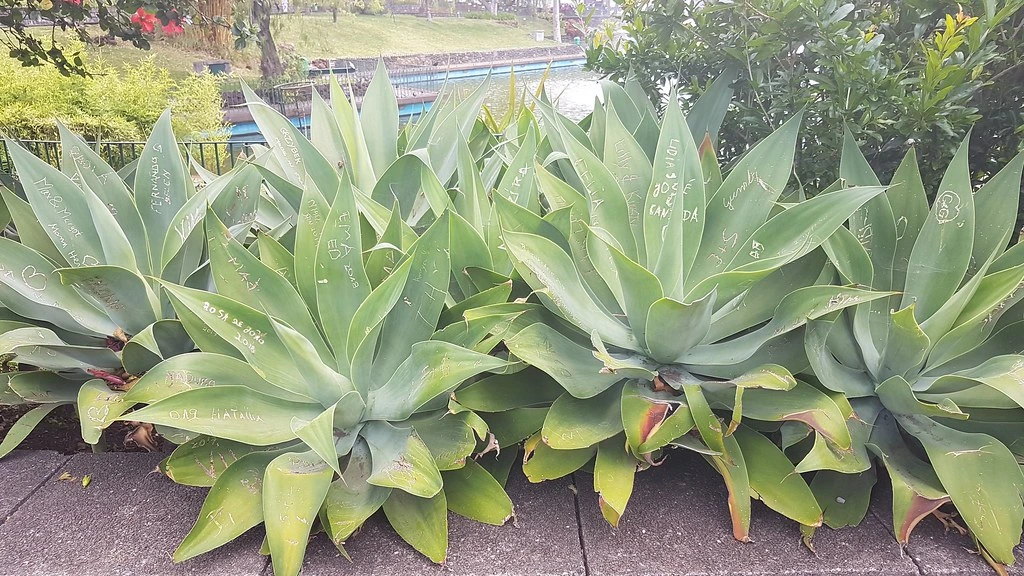
And finally, dragon trees. Related to them (another species, but the same genus) grow already on the island of Socotra, in the Indian Ocean:
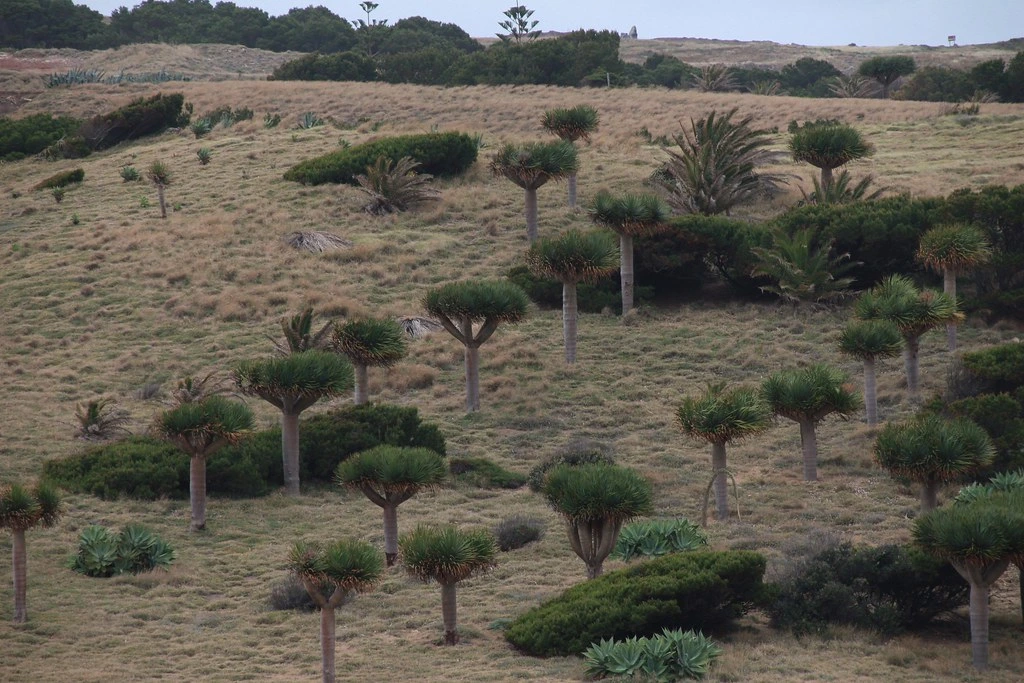
And one small one at the house of the first inhabitants of Madeira:
